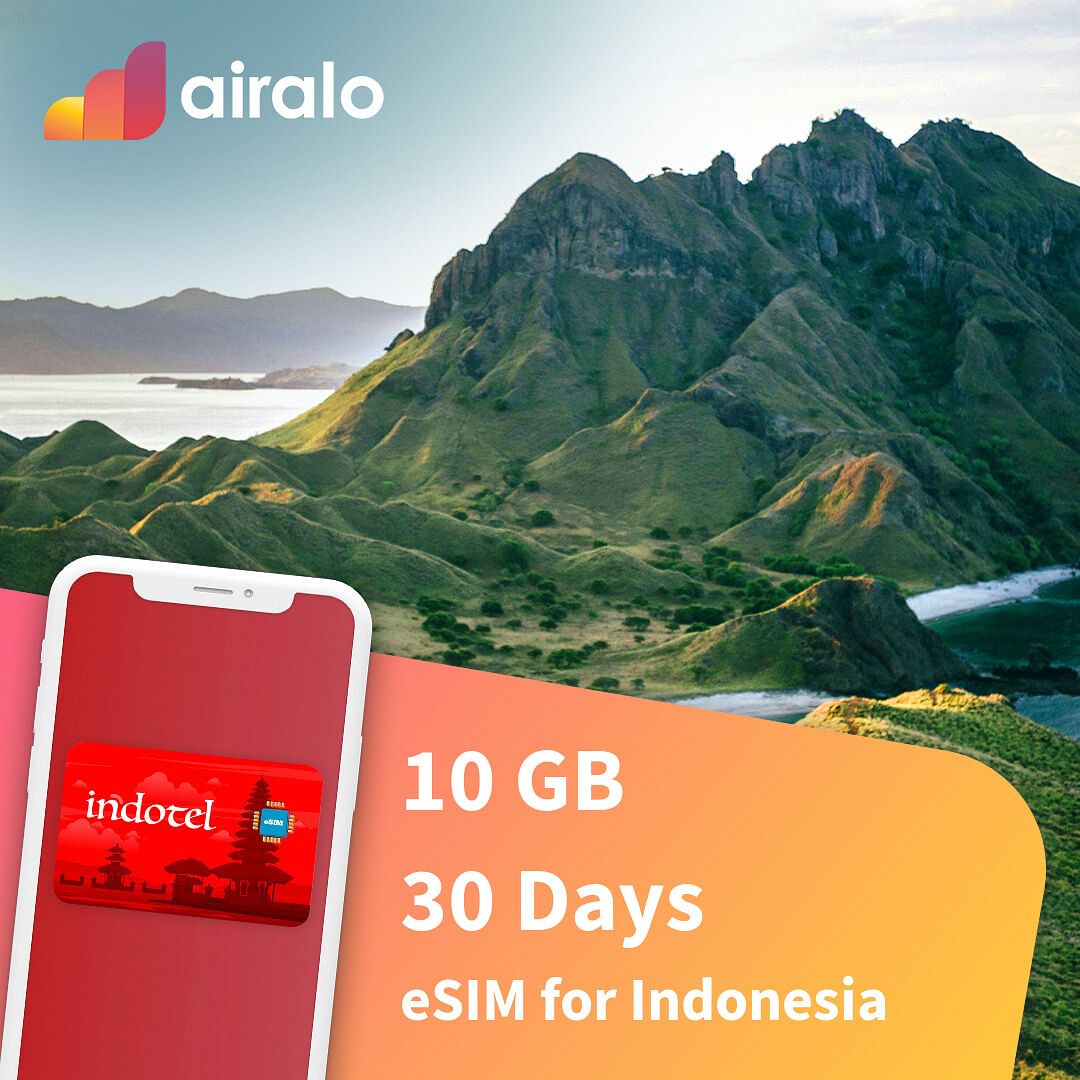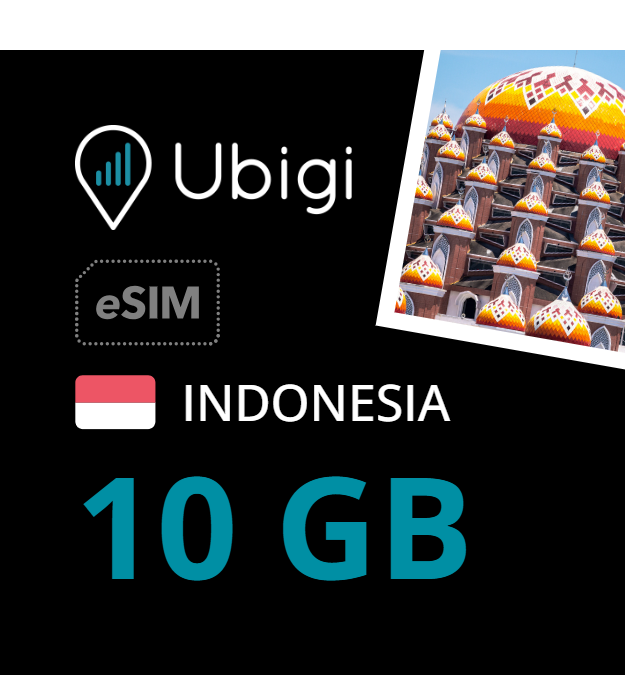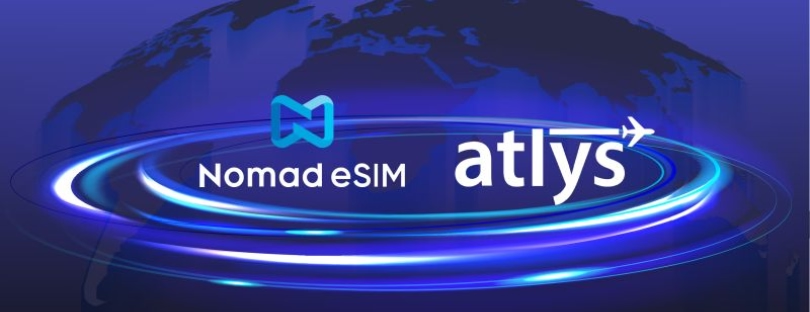
Indonesia to Release eSIM Regulations
Indonesia, the largest digital economy in Southeast Asia, is undergoing a significant transformation as it embraces technological advancements to drive its digital ecosystem forward. With a population of over 280 million people and a rapidly growing internet penetration rate, the country has become a hotspot for digital innovation. The telecommunications sector in particular plays a pivotal role in this transformation, serving as the backbone for connectivity and digital services. As of 2025, Indonesia boasts 314 million registered SIM cards, far exceeding the number of users, highlighting the need for more efficient and secure solutions to manage telecommunications infrastructure. In this context, the introduction of electronic SIM cards (eSIM) marks a critical milestone in Indonesia’s digital evolution. indonesia esim regulations
Unlike traditional physical SIM cards, eSIMs are embedded directly into devices, offering greater flexibility, enhanced security, and streamlined user experiences. This technology aligns with the global shift toward digitalization and supports Indonesia’s vision of becoming a leading digital economy.
The Ministry of Communication and Digital (Komdigi) has taken a proactive step in this direction by announcing the imminent release of regulations governing the use of eSIMs. These regulations are expected to revolutionize the telecommunications landscape, addressing long-standing challenges such as the misuse of National Identity Numbers (NIK) and the proliferation of unregistered SIM cards. By mandating the update of customer data and limiting the number of registered numbers per user, the government aims to enhance security, reduce digital crimes, and ensure a more transparent and accountable digital environment.
The importance of this regulatory shift cannot be overstated. As Indonesia continues to expand its digital infrastructure, the adoption of eSIM technology will not only modernize the telecommunications sector but also pave the way for innovative services such as IoT (Internet of Things), smart cities, and seamless connectivity across devices. Furthermore, this move underscores the government’s commitment to safeguarding public data and fostering trust in the digital ecosystem.
Indonesia eSIM regulations
With the upcoming eSIM regulations, Indonesia is poised to set a new standard for digital transformation in the region. As the Ministry of Communication and Digital prepares to implement these changes, stakeholders across the telecommunications industry must adapt to this new era of connectivity, ensuring that the benefits of eSIM technology are fully realized for all Indonesians.
Komdigi Minister Meutya Hafid previously stated that this regulation will be issued approximately two weeks after a working meeting with Commission I of the Indonesian House of Representatives on February 4, 2025.
“So, in the future our physical SIM cards will take the form of eSIM, we will issue the regulations. Certainly, it will take time and a process until it really happens,”
said Meutya during the meeting with the Commission.
This eSIM regulation will also impact the updating of customer data by mobile operators to regulate the use of National Identity Numbers (NIK) registered on more than one number. The Ministry has assigned mobile operators to do this.
Based on the Komdigi Ministry’s data, there are 314 million registered SIM cards, while the number of users is only around 280 million people. This data indicates the gap between users and registered SIM cards.
This step is in line with the regulations in the Minister of Communication and Information Regulation Number 5 of 2021 Article 160 paragraph. The article states that telecommunication service providers are prohibited from registering more than 3 (three) MSISDN numbers or telecommunication service customer numbers for each customer identity with each telecommunication service provider.
Meutya emphasizes that updating the data is needed to enhance security and prevent digital crimes.
“This is to secure the public’s data and prevent them from digital crimes,” she said.
With the soon-to-be-effective eSIM regulation, the public will need to update their data with mobile operators, similar to what was done in 2019.
Indonesia eSIM market
As of October 2023, several telecommunications providers in Indonesia have begun offering eSIM services to cater to the growing demand for digital connectivity and flexibility. Here are some of the key providers offering eSIM services in Indonesia:
1. Telkomsel
- Overview: As Indonesia’s largest mobile network operator, Telkomsel has been at the forefront of adopting eSIM technology. It offers eSIM support for both postpaid and prepaid plans, targeting both individual users and businesses.
- Devices Supported: Compatible with a wide range of eSIM-enabled devices, including smartphones, tablets, and wearables.
- Availability: Widely available across Indonesia, with activation through the MyTelkomsel app.
2. XL Axiata
- Overview: XL Axiata has introduced eSIM services to provide seamless connectivity for its customers, particularly for those using advanced devices like the latest iPhones and Samsung Galaxy models.
- Devices Supported: Primarily smartphones and tablets.
- Availability: Accessible through XL’s official website and customer service centers.
3. Indosat Ooredoo Hutchison (IM3)
- Overview: Indosat Ooredoo Hutchison, known for its IM3 brand, has also embraced eSIM technology, offering it as part of its digital transformation strategy.
- Devices Supported: smartphones, tablets, and IoT devices.
- Availability: Available for postpaid customers, with activation via the myIM3 app or customer service.
4. Smartfren
- Overview: Smartfren, a provider known for its 4G LTE network, has started offering eSIM services to enhance user experience and support IoT applications.
- Devices Supported: Smartphones and IoT-enabled devices.
- Availability: Offered to both individual and corporate customers, with activation through Smartfren’s official channels.
5. Tri (3 Indonesia)
- Overview: Tri has also joined the eSIM trend, providing eSIM options for customers seeking flexibility and convenience.
- Devices Supported: Primarily smartphones and tablets.
- Availability: Available for postpaid users, with activation via the Tri app or customer service.
Key Notes:
- Device Compatibility: eSIM services are available for a range of devices, including Apple iPhones (XS and later), Samsung Galaxy models, Google Pixel devices, and other eSIM-enabled smartphones, tablets, and wearables.
- Activation Process: Most providers allow users to activate eSIMs through their official apps, websites, or customer service centers.
- Target Audience: While eSIMs are currently more common among postpaid users, some providers are expanding their offerings to prepaid customers as well.
As the Indonesian government prepares to roll out new eSIM regulations, more providers are expected to adopt this technology, further driving its adoption across the country. This shift will not only enhance user convenience but also support the growth of Indonesia’s digital economy.
Conclusion about Indonesia eSIM regulations
The introduction of eSIM regulations in Indonesia marks a transformative step toward a more secure, efficient, and innovative digital future. By addressing critical issues such as data security, identity misuse, and the proliferation of unregistered SIM cards, the government is laying the groundwork for a robust telecommunications ecosystem. This shift not only aligns with global trends in digitalization but also positions Indonesia as a forward-thinking leader in the region.
As the Ministry of Communication and Digital finalizes these regulations, collaboration between policymakers, telecom operators, and the public will be essential to ensuring a smooth transition. The adoption of eSIM technology opens doors to new possibilities, from enhanced connectivity to the growth of emerging technologies like IoT and smart infrastructure. Ultimately, this move reflects Indonesia’s commitment to fostering a safer, more inclusive, and technologically advanced society, empowering its citizens to thrive in the digital age.












